
Fortune News | Jun 25,2022
Minister of Agriculture, Girma Amentie (PhD), is leading a charge to overhaul the fertiliser procurement process, in a bid to avert the fertiliser shortage that plagued Ethiopian farmers last year. The Minister appears determined to ensure a steady and increased supply to meet the growing demands for the input.
Procuring 14.8 million quintals of fertiliser, a task overseen by a board chaired by Girma, marks a significant step in this direction. The Board, comprising senior federal officials such as Mamo Mihretu, governor of the central bank; Alemu Sime (PhD), minister of Transport & Logistics; Alemtsehay Pawlos, chief of Cabinet; Semereta Sewasew, state minister for Finance; and Abie Sano, president of the Commercial Bank of Ethiopia (CBE).
Initially, the plan was to buy 23 million quintals of fertiliser at the start of the year. However, the target was revised by nearly four million quintals due to budgetary limitations set by the Ministry of Finance, capping spending at 930 million dollars. Nonetheless, the move to secure such a significant quantity of fertiliser in a short period is unprecedented in the country's agricultural history.
The strategy to meet Ethiopia's growing fertiliser demand includes a new procurement procedure introduced by Finance Ministry, which is barely a month old. It encompasses direct purchases, private imports, restricted bids, and government-to-government transactions. Officials hope the diversified approach leverages competitive international prices and ensures fertiliser availability for farming seasons, such as the planned summer wheat irrigation.
As the Minister rolls out his bold fertiliser procurement plan, questions loom large.
Can this new strategy effectively address the acute hunger crisis affecting 25 million Ethiopians? Will integrating natural compost and organic alternatives into this chemical-laden solution pave the way for a sustainable agricultural future?
State Minister for Agriculture, Sofia Kassa (PhD), stressed the critical need to diversify procurement sources. The strategy is essential for tapping into more favourable international market conditions, according to Sofia, who briefed the media last week at the Ministry's headquarters near the Gurd Shola area. She revealed that two million quintals of fertiliser had already arrived at Djibouti ports, with a total of 3.7 million quintals expected to be distributed to regional states by the following month.
"This is the first time shipments have arrived at the port by October," Sofia said, praising the swiftness and efficiency of the new procurement process. "We had to remove unnecessary bureaucracy."
The timely arrival marks a significant improvement from the previous year when the federal government procured over 12 million quintals of fertiliser for one billion dollars. This year's drop in international prices has helped the federal government to acquire seven million more quintals for 70 million dollars less, a notable gain.
The supply of NPS (nitrogen, phosphorous, sulfur) fertiliser will mainly be handled by the Moroccan-based Office Cherifien des Phosphates (OCP), a key supplier to Ethiopia for many years. ETG Agri Input Fertiliser and the Korean Samsung C&T Company will take charge of the Urea supplies. Although fertiliser prices will remain stable, the total state subsidies for these procurements will see a significant reduction, dropping to 16 billion Br from the 21 billion Br made last year.
The new procurement directive is hoped to open the door for private sector participation in importing fertiliser, a move that will bring private companies back into the business. In the late 1990s, the EPRDF government put private companies such as Ethiopia Amalgamated out of the fertiliser business, favouring party-affiliated parastatals such as Guna and Ambassel and regional cooperatives later on.
However, State Minister Sofia cautioned against hasty decision-making.
"We can't give it to just anybody," she said, signalling the need for careful assessment and selection of private companies in the sector officials view as critical.
However, distribution remains a challenge for the Ministry. Its officials plan to use a digitised platform to assess the demand for fertiliser over the next three years. This system includes an automated tracking mechanism, ensuring efficiency and transparency in distribution.
The Oromia and Amhara regional states are expected to be the primary recipients of fertiliser this year, with allocations of 8.29 million and 8.05 million quintals, respectively. The Tigray Regional State is set to receive around 700,000 quintals.
In Amhara Regional State, an ambitious target has been set to yield over 160 million quintals from a five-million-hectare cultivation area. The farming activities focus from October to January primarily on land preparation for ploughing.
According to Elias Belay, a crop expert at the Amhara Agricultural Bureau, farmers in the eastern part of the region would first benefit from the fertiliser's arrival due to their specific crop cycle. Most farmers in the region had collected their yield since last April, with significant attention now given to wheat farming.
The wheat export campaign, a key initiative of Prime Minister Abiy Ahmed (PhD), is gaining momentum. The Bureau plans to use irrigation on 75pc of the 330,000hct suitable for wheat cultivation, potentially producing up to 9.4 million quintals this year. However, security concerns remain a significant challenge for fertilizer distribution.
In the previous year, more than 320 individuals were detained for illegally channelling fertiliser, with the regional state managing to distribute 4.2 million of the 4.6 million quintals delivered. Fertiliser has reached eastern parts of the Amhara State, including Weldiya and Kombolcha. Dires Sahlu (PhD), head of the Amhara Agriculture Bureau, addressed these challenges during a meeting in Bahir Dar City, noting that armed groups were disrupting warehouse operations in the Kombolcha area.
Areas in southern Gonder and Gojam, experiencing recurrent conflicts between armed groups and regional and federal forces, have yet to receive their supplies.
Neighboring Oromia Regional State is also gearing up to receive fertiliser. Farmers have been informed of the arrival of supplies and are expected to start receiving them from their respective unions the following week.
Bulcha Bilo, a Dugda Meqi town farmer who farms various crops and breeds dairy cattle, expressed relief at the news. Last year, he faced steep price increases, with a quintal of UREA reaching as high as 13,000 Br. For Bulcha, timely fertiliser delivery is crucial not just for market production but also for his family's food security.
"It's not just about producing enough for the market," he told Fortune.
The regional state officials are upbeat about the agricultural prospects, planning to harvest an impressive 105.8 million quintals of wheat on 2.6 million hectares. The heightened expectation follows the arrival of 1.6 million quintals of UREA.
"We've learned a lot of lessons from last year," said Beriso Feyissa, deputy head of the Oromia Agriculture Bureau.
He attributed the previous year's difficulties partly to unlicensed traders and slight delays in fertiliser delivery. The Bureau is also keen on promoting the use of liquid fertiliser for more efficient production.
"Significant improvement in production is expected," Beriso told Fortune.
However, the country's acute hunger crisis tempered the optimism surrounding the early and increased procurement of fertiliser. With around 25 million people severely food insecure, the need for effective agricultural strategies is more urgent than ever. As fertiliser procurements consume substantial amounts of foreign currency, experts see an opportunity to integrate natural compost and organic alternatives further to enhance productivity.
Akalu Teshome (PhD), advisor of Food Systems Transformation at Stichting Wageningen Research Ethiopia, welcomed the growing demand for fertiliser among farmers, noting the marked difference in yield with and without it. He advocates for incorporating technology and capacity-building for farmers, alongside promoting organic production methods.
"The ideal solution would be local factories," he said, pointing to a more sustainable and self-reliant approach for Ethiopia's agricultural future.
PUBLISHED ON
[ VOL
, NO
]

Fortune News | Jun 25,2022
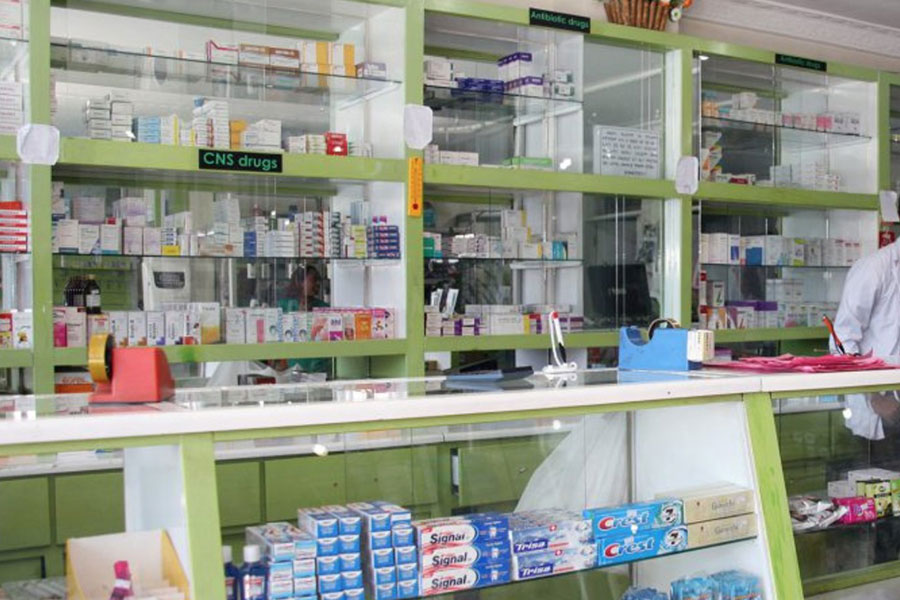
Fortune News | Jul 23,2022
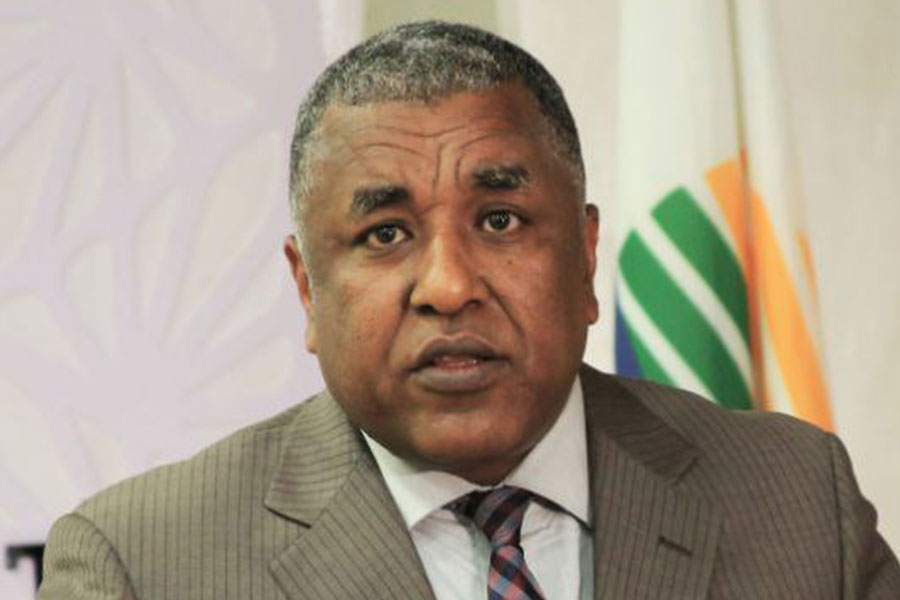
Radar | Oct 23,2023

Fortune News | Jun 29,2025

Fortune News | Mar 12,2022
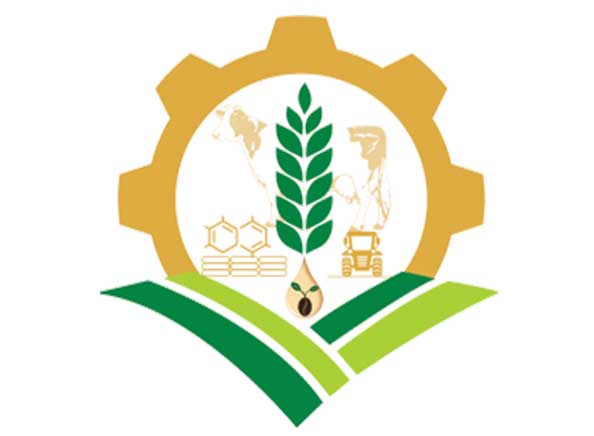
Fortune News | Aug 31,2019

Fortune News | Sep 02,2023

Fortune News | Sep 30,2023
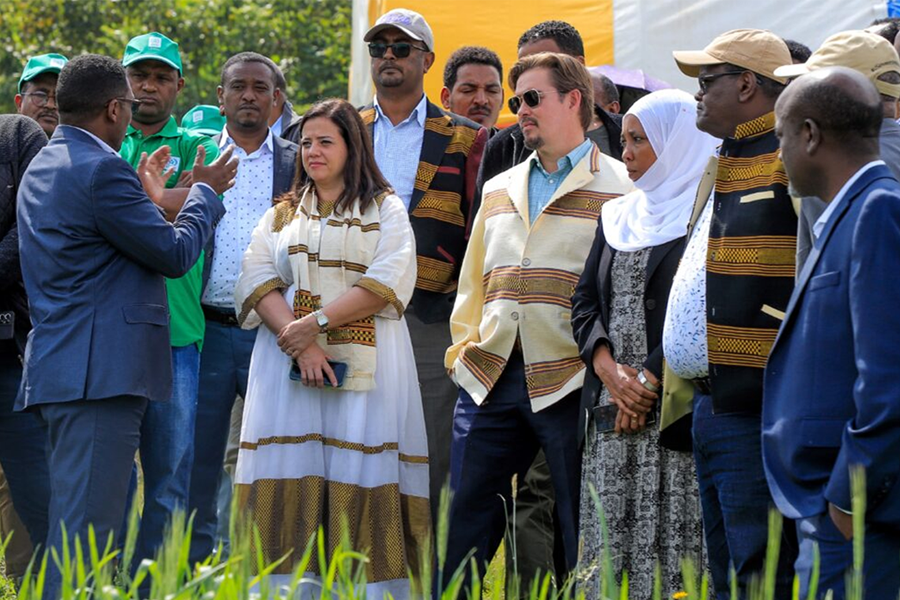
Radar | Oct 27,2024
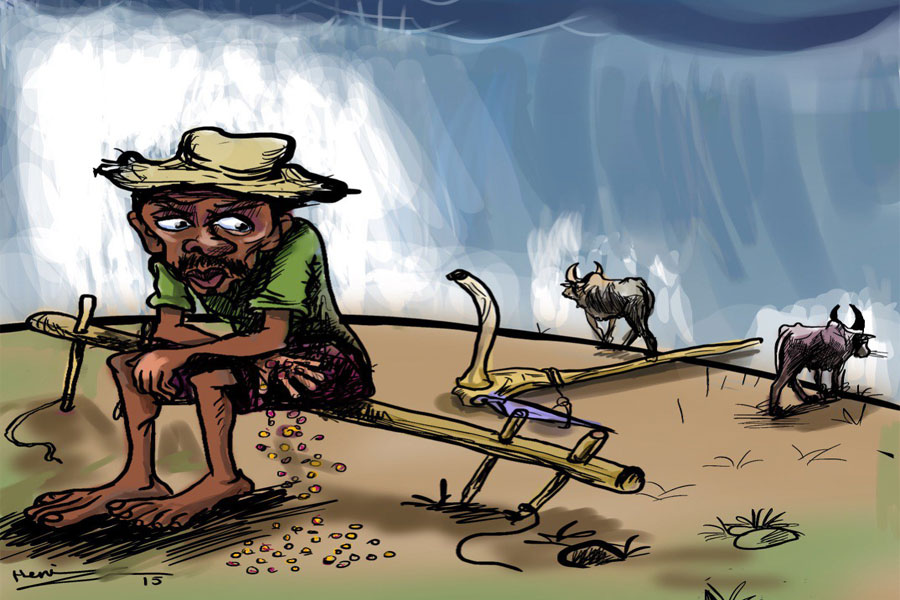
Editorial | Jul 15,2023

Dec 22 , 2024 . By TIZITA SHEWAFERAW
Charged with transforming colossal state-owned enterprises into modern and competitiv...

Aug 18 , 2024 . By AKSAH ITALO
Although predictable Yonas Zerihun's job in the ride-hailing service is not immune to...

Jul 28 , 2024 . By TIZITA SHEWAFERAW
Unhabitual, perhaps too many, Samuel Gebreyohannes, 38, used to occasionally enjoy a couple of beers at breakfast. However, he recently swit...

Jul 13 , 2024 . By AKSAH ITALO
Investors who rely on tractors, trucks, and field vehicles for commuting, transporting commodities, and f...

Jun 28 , 2025
Meseret Damtie, the assertive auditor general, has never been shy about naming names...

Jun 21 , 2025
A well-worn adage says, “Budget is not destiny, but it is direction.” Examining t...

Jun 14 , 2025
Yet again, the Horn of Africa is bracing for trouble. A region already frayed by wars...

Jun 7 , 2025
Few promises shine brighter in Addis Abeba than the pledge of a roof for every family...